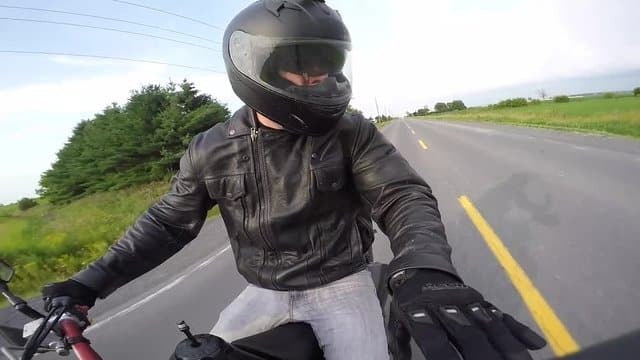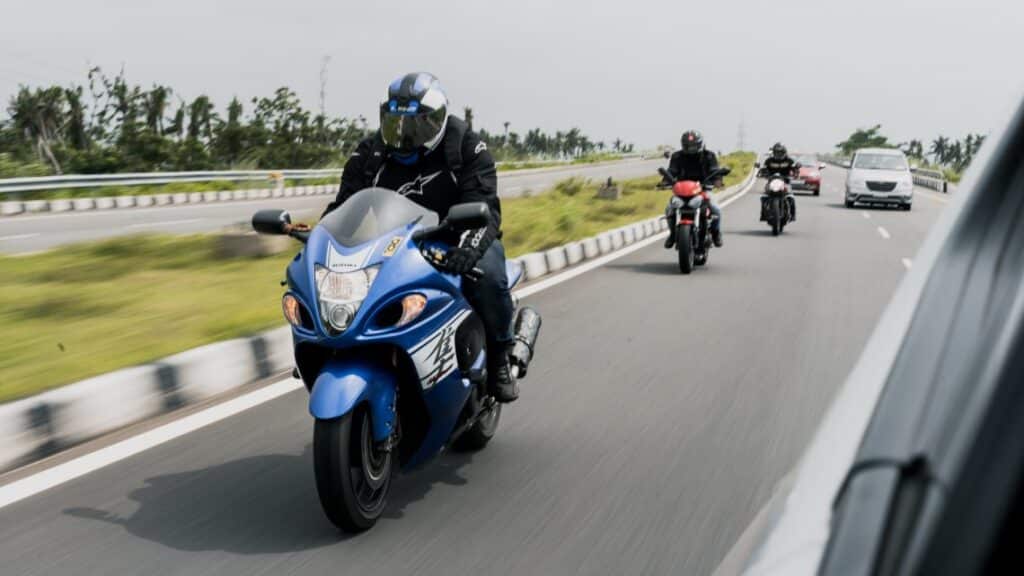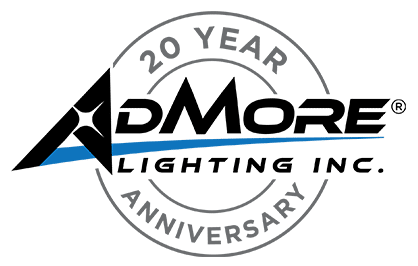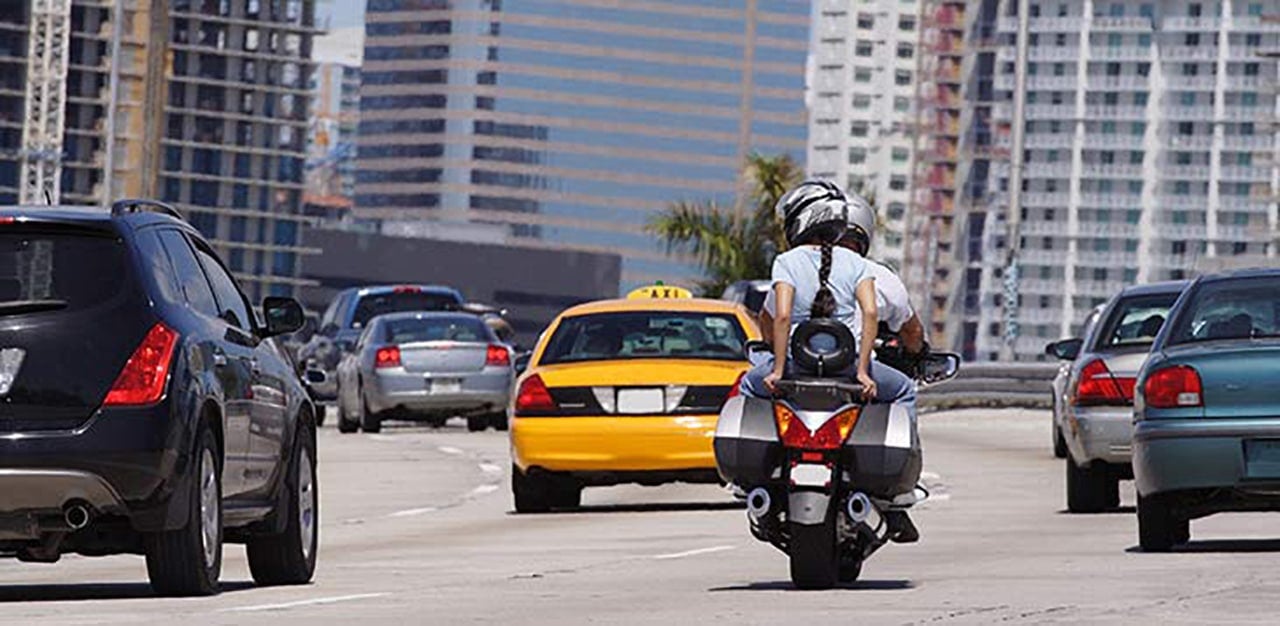A Close Call, a Hard Truth, and Why Skill Alone Isn’t Enough
Or maybe the title should be Learn and Live, but I digress. From instructors and books alike, one of the habits drilled into me over the years is the shoulder check. In the UK, they call it a lifesaver—and with good reason. I was accelerating onto a busy highway, and as is often the case in Toronto, the highway design (or lack thereof) was a disaster. The express lanes emptied into the collector lanes just before a major street exit—giving drivers wanting the exit only a short stretch to cross four lanes. Opposite the express lanes’ exit was the on-ramp I was using to get onto the highway. So, over the same short stretch, drivers are forced to criss-cross—those coming from the express lanes moving left to right, while those entering the highway going right to left—all at speed. That kind of layout doesn’t leave room for safe decisions; it pressures drivers into dangerous ones—especially for motorcyclists.

As I entered the highway, there was no traffic in front of me, so I did a quick shoulder check. In that instant, a car from the express lanes hurtled across four lanes of traffic and was suddenly in mine—just inches away from taking me out.
I’ll admit, this time I didn’t care if I relied on my ABS. I grabbed the brakes hard, let the car get in front of me, and kept slowing until there was a safe two-second gap. It wasn’t entirely the driver’s fault—the real culprit was the road design. As for me, I don’t know what else I could have done. I looked ahead and saw the way was clear. Then I did the shoulder check that had been drilled into me. But it was one of those perfect-storm moments—not really anyone’s fault—that could have ended in catastrophe.
Thankfully, it didn’t. I was lucky—by inches. But luck wasn’t the only thing at play. My hours of parking lot practice kicked in, and I reacted without panic. My adrenaline didn’t even come out to play. An important reminder that while skill isn’t everything, it can still save your ass when the universe seems to be working against you.
There’s a moment every rider eventually faces—a split-second where something unexpected happens, and you react before you’ve even fully registered what’s going on. Your amygdala, the part of your brain responsible for triggering the fight, flight, or freeze response, is just doing its thing. But, it’s fast, not smart. It’s designed to keep you alive. Unfortunately it is a very primitive part of the brain that evolved long before motorcycles.
As a result, the amygdala’s fight or flight response usually makes things worse. Grabbing a fistful of brake, stiffening up, or freezing altogether are all common reactions when the amygdala takes over. But this is exactly where training can make the difference. Repetition and practice teach your brain (and body) alternate pathways—something it can fall back on under stress. The goal is to over-ride the automatic response with a purposeful one. That’s not just skill. That’s preparation paying off.

The difference between a panic response and one that is learned and practiced is that the first leaves you with your heart aflutter—adrenaline rushing through your body. It scares you. The second leaves you undisturbed. Your calm under pressure didn’t even raise your heart rate. The first is a response of someone who has one year of experience twenty times over—someone who has the attitude that everyone crashes, it’s just a matter of time. The second is someone who has twenty years of experience. Someone who continues to learn, practice, and believes that crashing is the result of poor road strategy, lack of anticipation, and possibly a little less parking lot practice than would have been helpful.
Let’s go deeper than the usual motorcycle training discourse. We already know about intersections. We know about left-turning cars and the need to slow down, cover the brakes, and position ourselves visibly. We’ve talked about speed and stopping distance, inattentional blindness, the gorilla experiment, and the illusion of attention. We know to be seen, to wear hi-viz gear, to flash our lights, to add an AdMore light bar to our bike. Sorry for the shameless plug. We know that some corners will tighten (decreasing radius turns) and others will have debris we can’t see or a vehicle, a downed tree, whatever, blocking our way mid-turn. If we know all this, then what does it tell us when one of these known risks takes us down? Don’t get me wrong—I’m not blaming the victim. I’m just saying: it is our responsibility to keep ourselves safe. When we hand off that responsibility—to the road, the rules, or other drivers—we gamble with our lives. And that’s a bet I won’t make.
What Happens After the Decision?
Let’s say you did everything right. You slowed down, covered your brakes, scanned the mirrors, spotted the threat, and identified an escape route. You made a decision—a good one. But sometimes even the right call leads to a wrong outcome.
That’s the part no one wants to talk about.
Riders don’t just need to make good decisions. We need to accept the outcomes of those decisions without letting them erode our confidence. A close call isn’t just a warning; it’s a test. Did your skills hold? Did you stay calm? And if the answer is no, that’s not failure. That’s data. Use it. Adjust. Move on. It is very rare that I have a close call, but every time I do I analyze it to see what role I played. Almost always there is something I could have done to mitigate the situation. So far, I have never gone down while the bike is moving. I ride a tall bike. I’ve tipped it a few times when I didn’t see the pothole where my foot was supposed to go. (And, of course, during training where it is quite usual for me to do so as I push my skills. I’ve become the world’s best bike picker-upper.)
If you blame the cager every time, not only will you not learn anything, you’ll be destined to repeat the same mistakes
Recognizing that something could happen, even if you’ve done everything right, influences how I gear up for the ride. If I go down, I want to be wearing the best gear possible. Some people may prefer shorts and a T-shirt. That’s okay—just be aware of the choices you’re making. Don’t be influenced by your peers or the brand of bike you ride. It isn’t their body and bones that will be in traction.
Group Dynamics and Risk: Who’s Leading Who?
Solo rides are one thing. They are what I prefer. I’ve ridden across Canada by myself. I love it. But it is not for everyone.
Riding in a group takes different thinking. Why? Because it is so easy to get influenced by the group. The best riders in a group know how to say no without saying a word. They hang back when it gets sketchy. They wave others past. They control their lane space and ride their ride. Peer pressure kills riders every year, but so does the false sense of security we get from thinking, “Well, if they can do it…”
It’s sneaky, but beware
Eventually, being alert turns into just being awake, and your sharp edges start to dull. Not dramatically, just enough to make a difference. You get lazy on the clutch. Your scanning drops off. Your reactions slow. You forget to check your six. I know I’m tired when I accidentally shift into neutral. Fatigue is nothing, until it’s everything.
Fatigue creeps in quietly, and it hits hardest when we think we’re fine. The solution isn’t just to rest more—it’s to build fatigue awareness into your ride planning. Short breaks. Small rituals. Check-ins with yourself. Ask: Are you still processing the world like you were at the start of the ride? Be honest with yourself and don’t go for macho. If you’re tired, maybe it’s time to stop for a rest or call it a day.
This is partially why I hate booking accommodations in advance. If I am tired, I’d rather say, time to start looking for a place to stop than have to push through when it is unsafe to do so. And if it starts to storm, I like to have the opportunity to stop early—usually the sooner the better—although I don’t mind riding in the rain.
Tools vs. Tactics
Technology has come a long way. ABS, traction control, LED lighting, cruise control. All of it helps. But too many riders rely on tools instead of tactics.
ABS won’t help if you never practiced emergency braking. Bright lights won’t help if your lane position is invisible. Gear is good. Skill is better. Strategy is essential. And not crashing—the best!
Psychology at the Point of No Return
There’s a zone where it’s too late to stop and too risky to go. The infamous point-of-no-return. In that moment, your survival depends on whether you anticipated it.
Do you have an escape route? Do you have the space to evade? Are you scanning left and right, or are you tunnel-locked on the threat?
You can’t wait until the moment. You have to prepare before it arrives—both mentally (visualization) and through practicing your riding skills. The mental rehearsal is so you can teach yourself not to panic. The practice is so you have the skills to execute.
Some people ask me why I ride. “Aren’t you afraid of dying?” they will sometimes ask. (Which, frankly, isn’t the most thoughtful question.) I always answer the same way. On the contrary, I ride so I can live to the fullest, each and every day. And I want to keep doing so.
But riding like it matters also means being present—riding like it’s never routine and riding like my life depends on it. Because sometimes, it does. Almost getting hit by the exit-seeking lane changer was a great reminder.
The hard truth
Even when you do everything right, it still might not be enough. That’s why we train. That’s why we stay sharp. Because sometimes, the only thing standing between us and disaster is how well we respond when everything goes sideways.
Ride safe and be seen. I hope to see you out on the road sometime soon. Remember, becoming a skilled and confident rider is a marathon, not a sprint. Take it slow, enjoy the ride, and never stop learning. As I’ve discovered, motorcycling is a lifestyle and a lifelong adventure.
– John Lewis

John is a passionate moto-traveller and motorcycle enthusiast who enjoys sharing stories that inform, inspire, and entertain. Specialising in motorcycle touring, safety, travel, or just about anything motorcycle-related, John’s insights, travels, and experiences have been featured in national magazines such as Motorcycle Mojo and The Motorcycle Times, as well as on various blogs and websites. When he is not riding or writing, he works as the service manager at a boutique motorcycle shop where he’s always ready to share a story or helpful tip.

